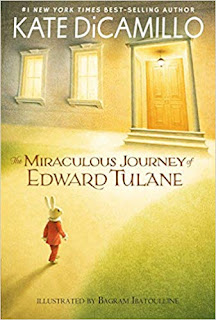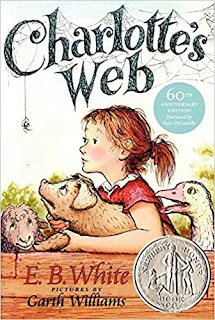I know I am an anomaly in the Early Childhood world. When I interact with people in teacher Facebook groups or even in conversations during professional development, most early childhood teachers despise the word "rigor". I LOVE it! :)
At a PD curriculum training, surrounded by other Kindergarten teachers, the presenter started talking about how you can challenge your students. Then the grumbles from the other teachers began. "I read Chicka Chicka Boom Boom to my students today, how can you make that rigorous-it's just ridiculous." And I sit there thinking-do I say something?
I know where these teachers are coming from. Play-based learning, letting the kids socialize, working on fine motor skills all used to be the focus of Kindergarten and Pre-K. Heck, when I was in Kindergarten I attended for half day and still had nap and snack time. But that would not fly in today's education system. To be honest, I think we underestimate what our young students are capable of.
So how do we incorporate higher level thinking skills in early childhood:
1) Kaplan's Depth and Complexity. If you follow me, you know I am a huge fan of these concepts.
Patterns: Identifying patterns in life cycles, math patterns, repetitive poems or stories. Use the patterns to predict what will come next.
Multiple Perspectives: Comparing perspectives-two characters in a story, butterfly/caterpillar, roots of a plant to the leaves.
Ethics: right/wrong, pro-con-making an argument to support a position. Love using stories to discuss ethical ideas. Also, giving students scenarios to write about-what would be the right thing to do. Defend a character like the Grinch.
Changes Over Time: past vs. present-research an invention and create a model for what it will look like in the future, Halloween costumes past/present, technology.
Rules: what is always true about something. What is always true about Eric Carle books. What is always true about moms? What is always true about addition?
Big Idea: why did the author write the story? What is the takeaway from a graphic organizer?
Details: Change a detail, how does it change the story? Setting-time/place changes, what other details change? Cinderella never loses her shoe-how does that change the ending?
Language of the Disciplines: think like a real estate agent and sell me property on a planet. Think like an architect and design a house for a teacher.
Unanswered questions: look at photographs-what do we not know? After reading the story, what do we still wonder? Introducing a unit-what do we know about bats before we begin?
2) Critical Thinking Activities: it's easy to create a sudoku activity-I like to use this on holidays. S.C.A.M.P.E.R activities. Substitute a new setting or write about how a character can adapt to a new situation. New uses for everyday things-have the students write a new use for a paper clip or snow.
3) Open-ended questions. Yes our students need to know how to answer multiple choice but I love to see what answers they can come up with when anything goes.
These are all answers I would not have even considered to put as a choice for multiple choice. I can see who is truly able to apply the concepts we are learning.
4) Chapter Book Read-Alouds. So many benefits to reading aloud to children above their grade level. It fosters vocabulary and listening comprehension skills in particular. Base their writing assignments on questions about the stories and there is the rigorous thinking. Some of my favorite read-alouds.
Great example of how author's use voice for their characters. A superhero corgi vs. a guinea pig with visions of taking over the planet. Lots of opportunities for comparisons.
This is a really deep book. It's about how one character changes over time and learns to love and think of others. You can also compare the perspectives of all the different characters Edward connects with-they all see him differently.
Classic story, I know. Deep discussions about friendship.
I was that kid who thought my stuffed animals were alive and had fun while I was gone. This story is told from the perspective of a little girls stuffed animals and the way they see the world.
Love this book! A robot gets lost and ends up trying to survive in a forest. She learns as she goes and makes lots of connections with others. Ethical debates, rules-what makes someone a mother? Prime for lots of higher level activities.
If anyone ever has a book or lesson and they want ideas for how they can make it more challenging, please contact me (e-mail is on the right)-I'd be glad to help you out.











This article is an amazing resource to me. Thank you!
ReplyDelete